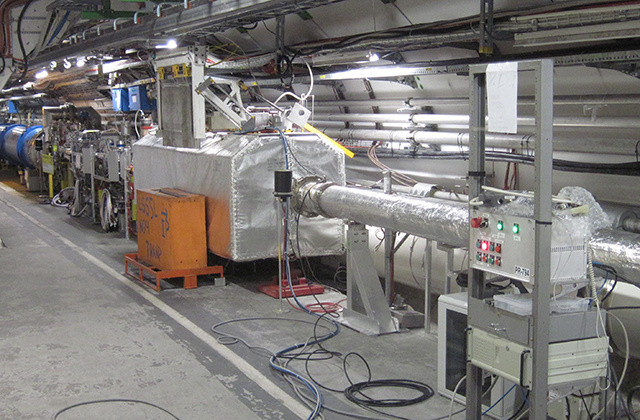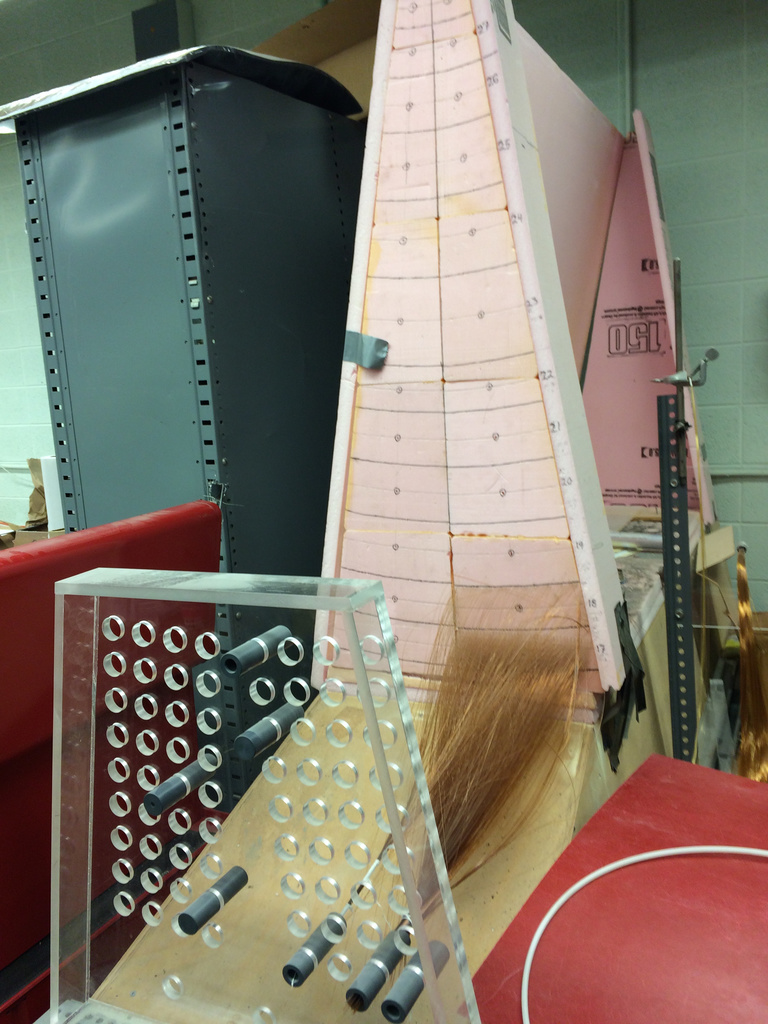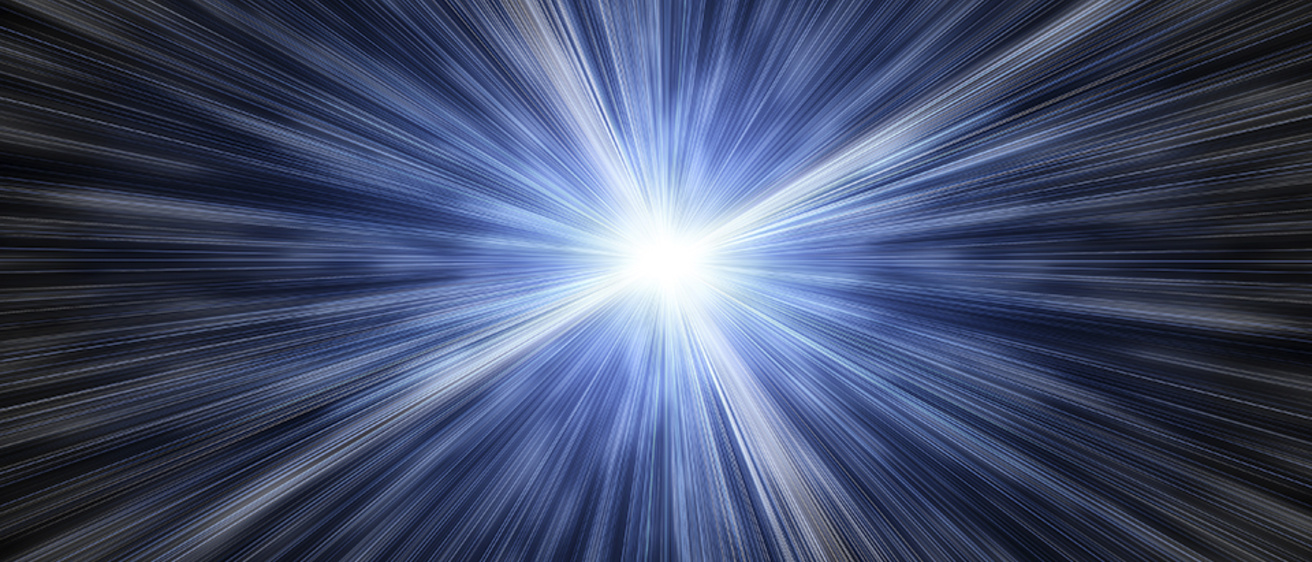At its birth, the universe was an expanse of hot goo.
The searing, dense plasma of sub-atomic particles that immediately followed the Big Bang eventually cooled and coalesced over millions—even billions—of years into the stars, planets and galaxies that we see today. But exactly how the present-day cosmos was spawned remains one of the least understood phenomena in space science.

A high-energy physics group led by the University of Iowa's Professor Yasar Onel and Associate Professor Jane Nachtman would like to help answer some of those basic questions. Their team has designed and built a detector to observe the particle spray from heavy ions being smashed into each other, an experiment that very roughly mimics the universe’s first moments, when that hot plasma was created.
The detector, called the Zero Degree Calorimeter, is tracking heavy-ion collisions at the Large Hadron Collider, the world’s most sophisticated particle collider. Already, the LHC has yielded seminal discoveries in particle physics, such as the discovery of the Higgs boson, the so-called “God particle” that is believed to give other matter its mass.
While the LHC is on break to ready itself for higher-energy collisions, subdetectors such as the ZDC are renting space at the mammoth detector, located in Switzerland. The ZDC subdetector started its experiments in late November and will operate through the end of this month. Scientists are bashing lead ions together to look at the individual constituents in the plasma created when the universe first formed.
They’re interested in two particles in particular: quarks and gluons.
The nucleus of an atom is composed of protons and neutrons, with electrons spinning around it like tiny planets. But not until the 1960s did physicists realize that an even smaller particle, the quark, was responsible for the protons and neutrons that form the atomic nucleus.
Yet, strangely, quarks have never been observed, and you need some seriously high energies to produce them.
“We are all made of quarks,” Onel explains, “but we can’t isolate this phenomenon.”
That’s where subdetectors such as the ZDC come in. When dense ions such as lead are smashed into each other, they yield a July 4th-esque fireworks shower of quarks, neutrons, and other particles.
Physicists are interested in observing the quark–gluon plasma that they believe was the primary ingredient in the hot soup following the Big Bang. Quarks are believed to be quantum-sized building blocks of matter; gluons are essentially the glue that bind quarks as they form protons, neutrons, and the like.

The ZDC measures the energy created by the lead-ion collisions at zero degrees, the angle at which neutrons and photons are moving along the beam axis. Other subdetectors measure the energy at other angles. Combined, the devices can account for the energy spray across the full spectrum.
Onel and Nachtman lead the 25-member high-energy physics group allied with the Compact Muon Solenoid, one of the particle detectors at the LHC. A second collaboration, led by UI physics professor Usha Mallik, is working with ATLAS, another large particle detector at the LHC. Post-doctoral researcher Jose Benitez, on Mallik's team, will present some findings from new-energy searches associated with the ATLAS experiments on Dec. 15 at CERN, the European scientific organization that oversees the LHC. Mallik's group is also leading the evaluation of a subdetector that is part of the ATLAS upgrade.
While the CMS is on hiatus until the new year, the UI's CMS team is all in with the ZDC. Research scientists and engineers, along with post-doctoral researchers and graduate students from the UI and the nuclear physics group at the University of Kansas, designed and built the subdetector, funded by a grant from the U.S. Department of Energy. Quartz fibers, a few hundred microns in diameter and arrayed like an extended mass of linguine, help separate the particles in the post-collision spray while photo detectors in two independent sections allow scientists to analyze particles’ mass and charge using the photons (light energy) and neutrons.
“I’ve spent a million hours working on these things,” says lab engineer Paul Debbins, with justified exaggeration. “It’s nice to show them off.”
